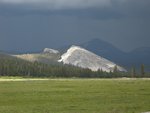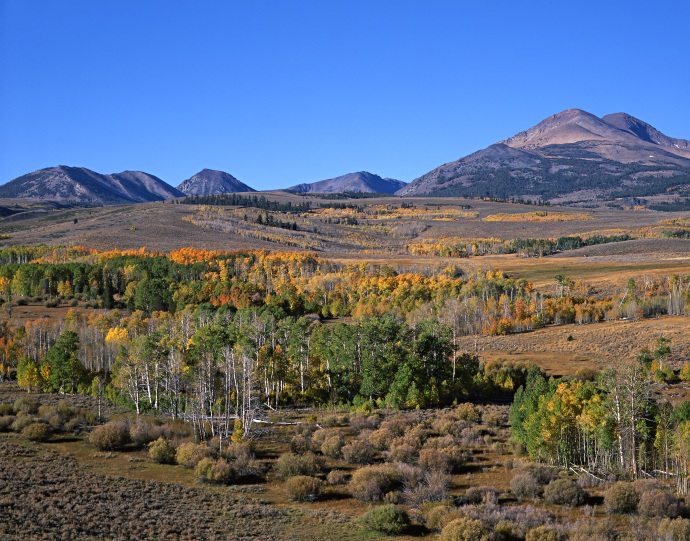What Colors Do Leaves Change to in a Variety of Yosemite’s Tree Species?
http://www.nps.gov/yose/naturescience/fall-color.htm
Re: Fall Color
All posts are those of the individual authors and the owner
of this site does not endorse them. Content should be considered opinion
and not fact until verified independently.
October 06, 2009 12:43PM | Admin Registered: 16 years ago Posts: 17,140 |
October 06, 2009 01:23PM | Admin Registered: 16 years ago Posts: 17,140 |
|
Re: Fall Color October 06, 2009 06:12PM | Registered: 16 years ago Posts: 10 |
October 06, 2009 06:20PM | Registered: 16 years ago Posts: 2,321 |
|
Re: Fall Color October 06, 2009 08:07PM | Registered: 16 years ago Posts: 10 |
October 06, 2009 09:32PM | Admin Registered: 16 years ago Posts: 17,140 |
October 07, 2009 04:37AM | Registered: 16 years ago Posts: 1,942 |
On the aspen subject:
I heard a naturalist talk on aspens last winter. Apparently these are very unusual treees. Essentially the only broadleaf tree that will grow away from wet, streamside areas. There is an energy cost to maintain the leaves during seasonal periods of low light, so there is a survival advantage to losing the leaves. The tree species that can get new leaves as soon as possible in the spring as the days get longer has an advantage. Aspens have thin bark and beneath the most outer bark, the cell layers have chlorophyll which is modest in extent but allows the tree a little advantage in the springtime to get a jump on other tree species in the production of energy and new leaves. Moose in winter often feed on the small limbs and bark. The limbs have sufficient nutrient value that during extremely severe winters, ranchers would feed their starving cattle cut aspen branches to help them get through to spring. And, of course, there is the growth of aspen groves from single trees and the genetic similarity of the entire group. Something about the bark containing a substance similar to aspiriin and used for "natural anti-pyretic", I believe.
The cure for a fallacious argument is a better argument, not the suppression of ideas.
-- Carl Sagan
I heard a naturalist talk on aspens last winter. Apparently these are very unusual treees. Essentially the only broadleaf tree that will grow away from wet, streamside areas. There is an energy cost to maintain the leaves during seasonal periods of low light, so there is a survival advantage to losing the leaves. The tree species that can get new leaves as soon as possible in the spring as the days get longer has an advantage. Aspens have thin bark and beneath the most outer bark, the cell layers have chlorophyll which is modest in extent but allows the tree a little advantage in the springtime to get a jump on other tree species in the production of energy and new leaves. Moose in winter often feed on the small limbs and bark. The limbs have sufficient nutrient value that during extremely severe winters, ranchers would feed their starving cattle cut aspen branches to help them get through to spring. And, of course, there is the growth of aspen groves from single trees and the genetic similarity of the entire group. Something about the bark containing a substance similar to aspiriin and used for "natural anti-pyretic", I believe.
The cure for a fallacious argument is a better argument, not the suppression of ideas.
-- Carl Sagan
Sorry, only registered users may post in this forum.




